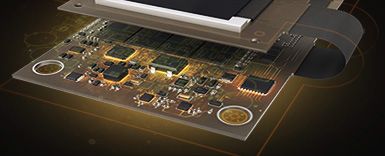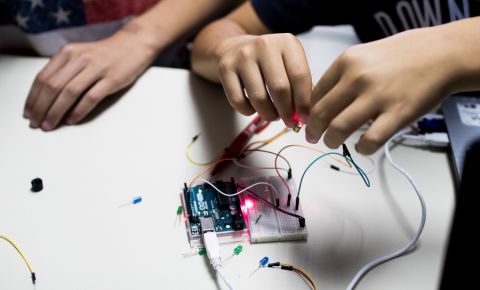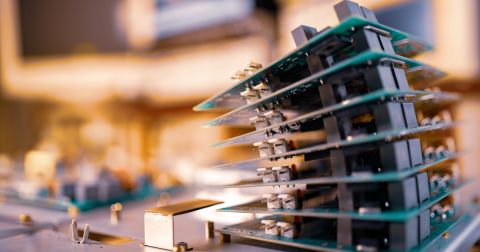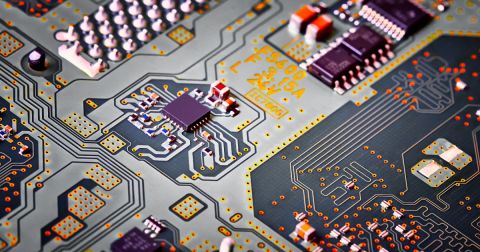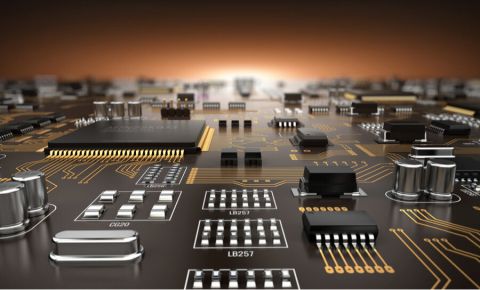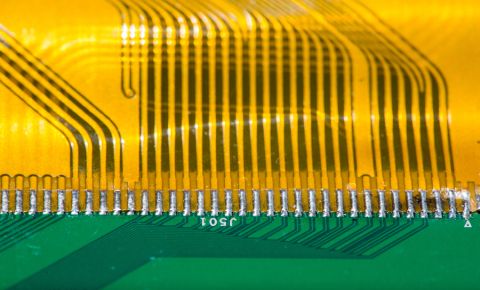Top 5 Money Saving Techniques for PCB Design
“It can be done fast, it can be done cheaply, or it can be done well. Pick any two.” A lot of engineers use this maxim to explain why their project is behind schedule or over budget. And there is some degree of truth to it. If you want a high-quality design, it’s either going to take a lot of money or a lot of time to figure out how to do it for less. However, if you know a few money-saving techniques ahead of time, they can help you keep your costs down without reducing quality.
Here are 5 techniques that you can use in your PCB design.
1. Use Premade Specifications. Engineers can sometimes design in a vacuum. They come up with a solution that’s beautiful on paper but may end up costing an arm and a leg to get it implemented. Therefore, one of the best PCB money-saving techniques you can use is to think through from the beginning how much time, effort, and money your design will take to manufacture.
For instance, when trying to solve a problem in your PCB design, ask yourself if anyone else has come across it before. Then, look to see how they solved it. It’s a lot easier and less time-consuming than starting from scratch every time. However, there’s also another practical reason to use premade design specifications. Familiar specifications can be automated in assembly, rather than placed and soldered by hand. That way, it’s easier, faster, and cheaper for everyone.
2. Panelize. Panelization places multiple PCBs on the same panel, in order to process them more quickly and allow for bulk manufacturing, as all of them are being processed at once, instead of one at a time. In this way, the boards can also be secured during manufacturing, as well as during shipping and assembly. Not only that, but panelization can help keep costs down. PCBs are generally priced per panel, so the more of them you can fabricate on a single panel, the less you’ll end up paying.
3. Get Outside Opinions. Time is money. One of the quickest ways to over-inflate your budget is to discover a mistake too late and have to go back to the drawing board to fix it. It requires more time and labor to solve the problem while increasing your time to market. So to avoid that, it helps to have an extra set of eyes: someone who isn’t as close to the project as your team is, and can provide a fresh perspective.
Having someone you trust from another team take a look at your design can help you catch errors and resolve problems sooner, allowing PCB money-saving techniques to happen, and reducing time to market.
5. Bring the Manufacturer into the Process. This comes back again to not designing in a vacuum. Provide the manufacturer with helpful information that will aid them in producing your PCB design: any issues, special requirements, or causes for concern. They might be able to offer suggestions to mitigate these issues—as well as point out other issues or problems that you hadn’t anticipated.
For example, one of the materials you need may be running low, making it difficult to create at an affordable rate or delaying your project. The manufacturer would know about this and could suggest a substitute material that does the same job but costs less.
These are just a few of the PCB money-saving techniques you can use to get a quality PCB design for a lower cost. When you need to implement best practices for design to cost, use the world-class PCB design and layout features in Altium Designer®. Users can take advantage of a single integrated design platform with circuit design and PCB layout features for creating manufacturable circuit boards. When you’ve finished your design, and you want to release files to your manufacturer, the Altium 365™ platform makes it easy to collaborate and share your projects.
We have only scratched the surface of what’s possible with Altium Designer on Altium 365. Start your free trial of Altium Designer + Altium 365 today.

